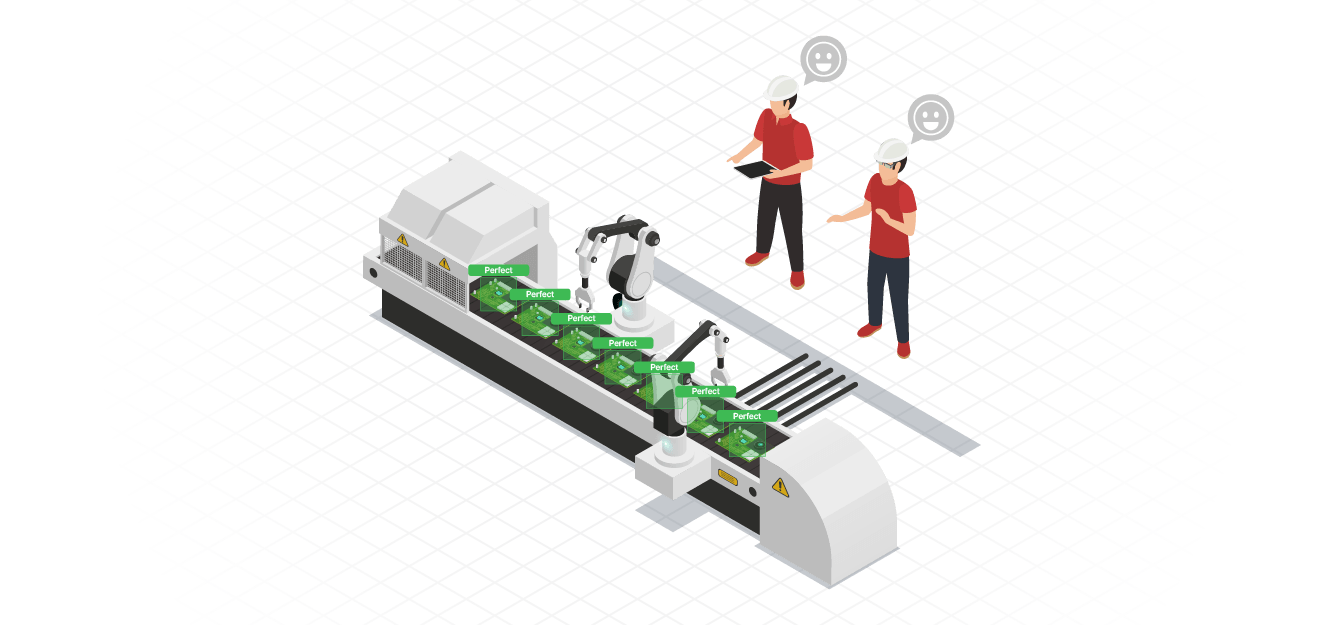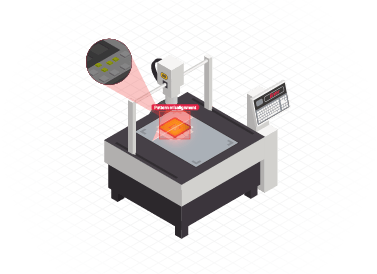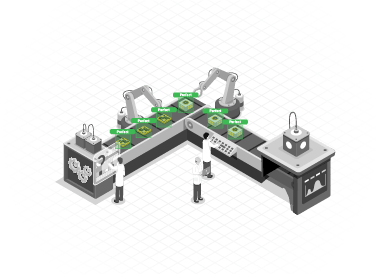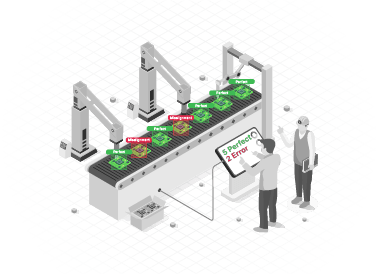CMP Quality Monitoring
Perfect the Planarity. Catch Surface Irregularities Before They Cost You Yield.


Chemical Mechanical Planarization (CMP) is critical for achieving flat surfaces before lithography and metalization layers, but it’s also one of the most defect-prone processes in semiconductor fabrication. Microscopic erosion, dishing, scratches, and thickness variations can easily go undetected until later stages, causing metal bridging, poor pattern fidelity, and electrical faults.
AI-powered CMP Quality Monitoring systems use real-time computer vision and surface profiling to inspect wafers for planarity issues, pattern distortions, and mechanical damage, before wafers exit the CMP tool.
Surface depressions or raised areas often escape detection using static metrology tools.
By the time defects are caught, wafers have already moved forward, resulting in batch-level loss.
Traditional CMP lacks intelligent automation for adjusting pad pressure or slurry flow in real time.
Edge vs. center planarity variations often go undiagnosed without full-field visual inspection.
Vision systems detect topography variations like dishing, erosion, and micro-scratches as wafers exit the platen.
Full-wafer visual analysis to ensure uniform thickness across all regions.
AI detects and classifies CMP-related defects using training data, reducing false positives.
Detects trends in pad wear or slurry issues and feeds data back to adjust process settings.


We begin by auditing your specific CMP tools, single or double platen, and defining inspection points for incoming and outgoing wafers.
High-speed line-scan or area-scan cameras are calibrated for low reflectivity surfaces, mounted above wafer exit conveyors with optical flattening filters to reduce glare.
AI models are trained using thousands of annotated wafer images to recognize surface artifacts like microscratches, pad marks, and planar deviations with high accuracy.
The system is integrated directly into the CMP tool’s output lane or post-clean module, providing instant alerts for abnormal surface profiles and enabling dynamic process correction without production delay.
Stay updated with the trending and most impactful tech insights. Check out the expert analyses, real-world applications, and forward-thinking ideas that shape the future of AI Computer Vision and innovation.
Collaboration creates a story. Some are born from timing, others from shared ambition. But the partnership between WebOccult and Deeper-i began from something subtler, a mutual belief that intelligence should live closer to the world it serves. For years, Vision AI has been mastering the art of seeing, while Edge AI has been perfecting the […]

CEO & Co-founder
Any object that leaves a factory belt carries an identity. It may appear as a string of numbers etched into metal, a barcode printed on paper, or a label attached to packaging or glass material. Together, these small symbols form the nervous system of modern industry. They track movement, record responsibility, and ensure that everything […]

CEO & Co-founder
Every city breathes in patterns. Cars move, pause, and disperse in a rhythm that repeats itself through hours and seasons. Beneath this rhythm lies a kind of language, the pulse of motion that defines how urban life organizes itself. Yet, for all the technology that has reshaped cities, one of the simplest and most visible […]

CEO & Co-founder